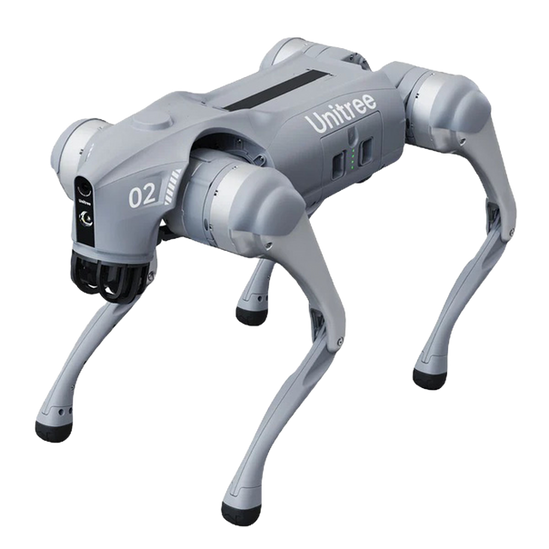Autonomous Robot
A robot that operates without human intervention, using sensors and AI to make decisions in real time.
Autonomous robots represent a transformative development in robotics and automation, reshaping industries from manufacturing to exploration. Their ability to function independently has made them indispensable in modern technological ecosystems. Understanding terms like Autonomous Robot is critical because it provides insights into how emerging technologies can operate in dynamic environments without constant human oversight.
What is Autonomous Robot?
An autonomous robot is a robot that operates without human intervention, using sensors and AI to make decisions in real time. This definition highlights the core functionality of these systems: they are designed to perceive their surroundings, process information, and act independently. Their capability to adapt and respond to a variety of scenarios makes them essential for tasks that require precision and rapid decision-making.
Key Concepts:
Sensors and Perception: Devices that capture environmental data, enabling the robot to understand its surroundings.
Artificial Intelligence: Algorithms and machine learning that power decision-making processes in real time.
Autonomy: The ability to perform tasks without human input, ensuring operational independence.
Navigation and Path Planning: Techniques that allow robots to plot efficient courses while avoiding obstacles.
Applications and Relevance:
Industrial Automation: Streamlining manufacturing processes and reducing the need for constant human supervision.
Exploration: Enabling deep-sea, space, or hazardous area exploration where human presence is impractical.
Environmental Monitoring: Gathering data in remote or dangerous environments to support scientific research and policy-making.
Service Robotics: Assisting in sectors such as healthcare, logistics, and home automation.
Challenges and Considerations:
Reliability and Safety: Ensuring that autonomous decisions are safe and predictable in dynamic and unpredictable environments.
Energy Efficiency: Managing power consumption to maintain prolonged and effective operations.
Complexity in Real-World Scenarios: Overcoming difficulties presented by unpredictable variables in natural or urban landscapes.
Ethical and Legal Issues: Addressing concerns related to accountability and the ethical deployment of autonomous systems.
Future Trends and Innovations:
Advancements in AI and Machine Learning: Enhancing real-time decision-making with more sophisticated algorithms.
Enhanced Sensor Technologies: Improving the accuracy of environmental perception with advanced sensors.
Integration with the Internet of Things (IoT): Creating interconnected systems that can share data and improve collective performance.
Collaborative Robotics: Developing systems where multiple autonomous robots work together seamlessly to complete complex tasks.
Autonomous robots are at the forefront of a technological revolution, offering capabilities that extend far beyond traditional robotics. Their independent operation, powered by AI and advanced sensors, not only boosts efficiency across industries but also provides critical support in areas where human intervention is limited or risky. As technology progresses, autonomous robots will continue to play a vital role in driving innovation, enhancing data collection, and shaping the future of automation.














